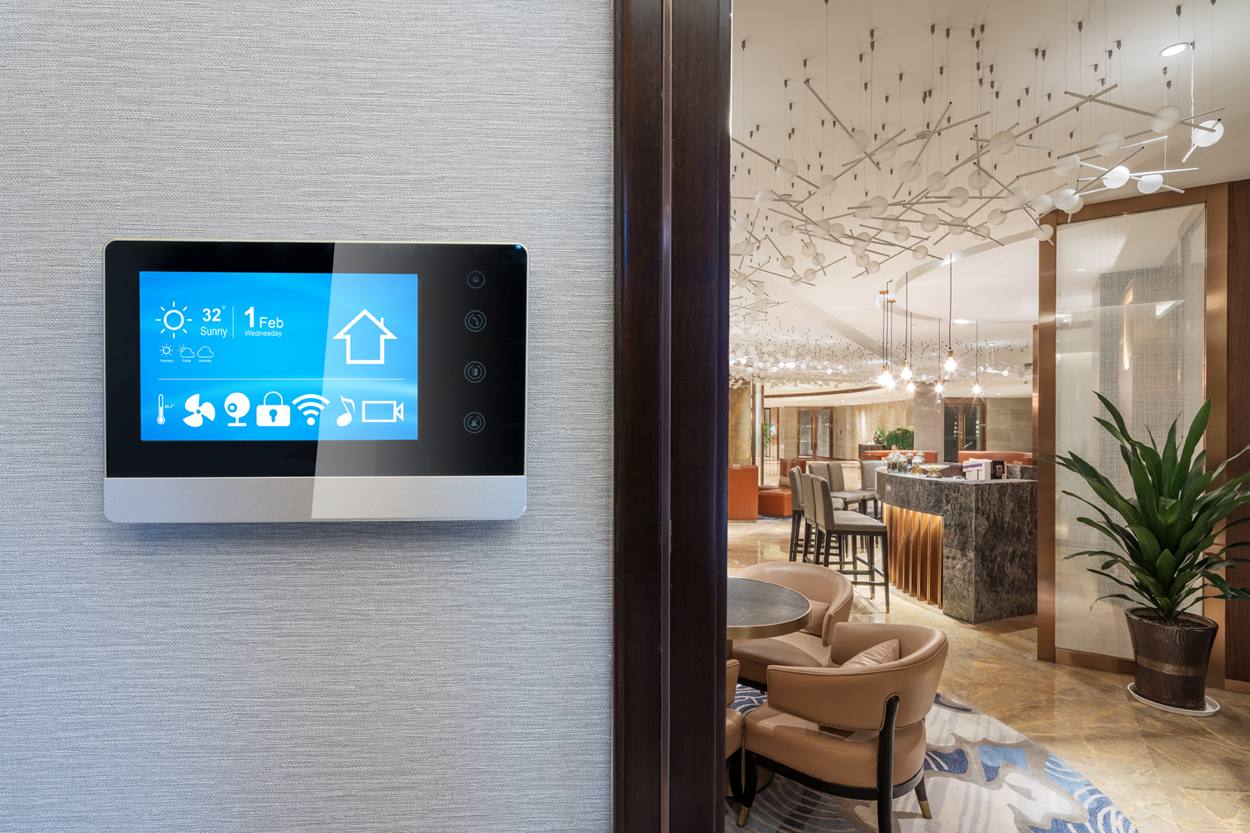Thinking of Renovating? Here’s how to future proof your home
Thinking of Renovating? Here’s how to future proof your home

25 Oct 2018
02:30 pm
Thinking of Renovating? Here’s how to future proof your home
In a market where house prices continue to rise and homes for trader-uppers and downsizers are in short supply, plenty of homeowners are choosing to renovate rather than move. ‘Improve, don’t move’ is becoming the mantra for many families.
Home heating bills can account for a significant part of a household’s budget. For those with little or no insulation or monitoring over energy usage, this money is literally wasting away. Roughly 25pc of all heat loss in a home occurs through uninsulated walls and gaps. Up to 25pc of heat produced by boilers escape through the roof and 10pc of heat loss occurs through the floor.
When it comes to cost-effective approaches to renovations, it’s important that consumers or homeowners are aware of the positive changes they can make to their energy supply. Much of our housing stock in Ireland is old and cold. Energy efficient improvements not only make the home cheaper to run, they also make it cleaner, healthier and increase the desirability and value of the property.
Heat pumps
Heat pumps offer immediate and long-term carbon savings. They provide a healthier, more comfortable way of heating the home. In Scandinavian countries, heat pump technology is the most popular home heating system and, in Ireland, they are commonly fitted in new homes or retrofitted in older homes.
Heat pumps work by extracting heat from outside the home and converting it into useful heat and hot water. The system comes with easy-to-use controls so that you can set the temperature to your personal preference. There are three types of heat pump systems which draw heat from different sources: air, water or the ground.
When considering investing in heat pump technology, it’s important to note that installation costs can be significant. However, the SEAI is currently offering a grant of €3,500 towards the cost of installing air-to-water heat pumps in homes built before 2011.
Together with reducing energy bills, the SEAI grant for the installation of a heat pump acts as a huge incentive for homeowners to invest in upgrading their heating systems when renovating. They are up to 30pc cheaper to run than gas or oil boilers and work best in homes that are well insulated. They also require minimal maintenance and have a longer lifespan than conventional boilers.
Solar panels
Homeowners are discovering that installing solar panels can significantly reduce the cost of their electricity bills and improve the value of their home by raising the Building Energy Rating (BER). Indeed, housing experts estimate that a house with an excellent energy rating can increase the value of a house by approximately €30,000.
Solar panels are becoming one of the world’s fastest-growing sources of new energy. By 2030, it’s estimated that 13pc of the world will be powered by solar energy. And its use in Ireland is increasing dramatically as homeowners opt for a renewable, versatile and low-carbon form of energy.
Despite our reputation for grey and wet weather, Ireland has more than enough visible sunlight to power solar panels. Indeed, our temperate climate is perfectly suited to solar energy and our lower temperature significantly improves the performance and lifetime of solar cells.
If you’re thinking about solar energy as a home improvement strategy there are two options you can consider; solar panels to produce electricity and/or solar panels to produce hot water. Solar panels that produce electricity are known as solar photovoltaic (PV) modules. They can power anything from household appliances to lights. A typical 2.5 kWp system could provide up to 50pc of a household’s annual electricity, saving around 1200 kg of CO2 per year and around 30 tonnes over its lifetime. Trust us, that’s a lot.
Solar panels that produce hot water are known as solar thermal collectors or solar hot water collectors. Homeowners are entitled to a grant towards the cost of a solar thermal system through the SEAI. It’s estimated that well-installed systems can provide up to 60pc of hot water demand per household over 12 months.
While solar panels may not produce all the electricity that a household requires, they are becoming a good investment to reduce our energy bills and carbon footprint.
Smart homes
Our lives are revolving around connectivity thanks to the always-on lifestyle of social media. It now seems that everything that can be connected, is connected. Smart home controls – that allow us to connect to our appliances whether we’re inside or outside the home – are becoming popular features in new builds and renovated houses. It is estimated that almost 40pc of new homes currently being built in Ireland will have elements of smart home technology included in their plans.
So when it comes to future-proofing your home, smart home controls are key. If you’re renovating your kitchen, think about going cordless – installing a countertop that can charge small appliances like mixers, juicers and kettles. If you’re overhauling the bathroom, think about installing a smart shower head that notifies you when you’ve used too much water, or a toilet with a proper flush control system.
Rapid innovation in the area of smart home technology has led to the roll out of smart plugs, door and window sensors, motion detectors and thermostat integration. There are plenty of different gadgets and appliances out there to suit all budgets. Ultimately, this technology leads to energy savings because a smart home is an energy-efficient home.
Whatever your budget – small or significant – there are many ways to make your home energy efficient and help create a low carbon future for all.
This ESB sponsored article appeared in the Irish Independent on Wednesday 18 July, 2018


